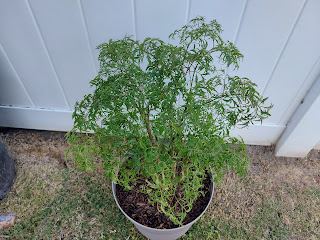(Colocasia esculenta L.) Commonly called ត្រាវ, Chinese Bun, Bun Long Woo, Dasheen, Ele'ele Naioea. Manini Kea. The two varieties of taro, Chouk and Sla, are commonly cultivated. And Trav Prey (wild taro) is commonly harvested from the wild as it is grown naturally in Pursat and Takeo provinces.. These varieties can be harvested in 5-8 months. It is perennial staple and an easy to grow crops. Commonly planted in a close proximity to the houses in Cambodia. Leaves margin maroon bands. Maroon tinch on petioles Corms has purple-reddish fibrous webbing. Corms is ready for harvests at about 9-12months from planting to harvest for its maximum yield. Corms, tender leaves, petioles are edible cooked. Can be grown land and wetlands cultivation. https://chefsmandala.com/archaeology-fruits-vegetables-taro/ http://www.lrrd.org/lrrd20/supplement/bunt1.htm#:~:text=Two%20varieties%20of%20taro%2C%20Chouk,5%2D8%20months%20after%20planting Chinese Bun, Bun ...


